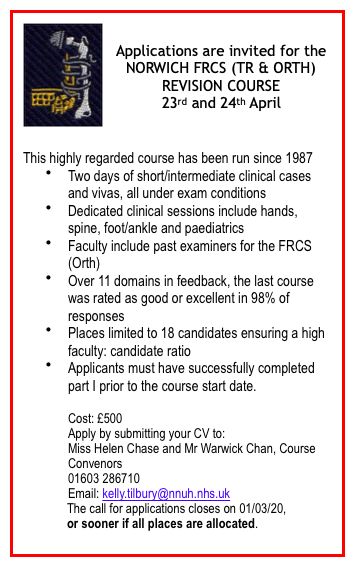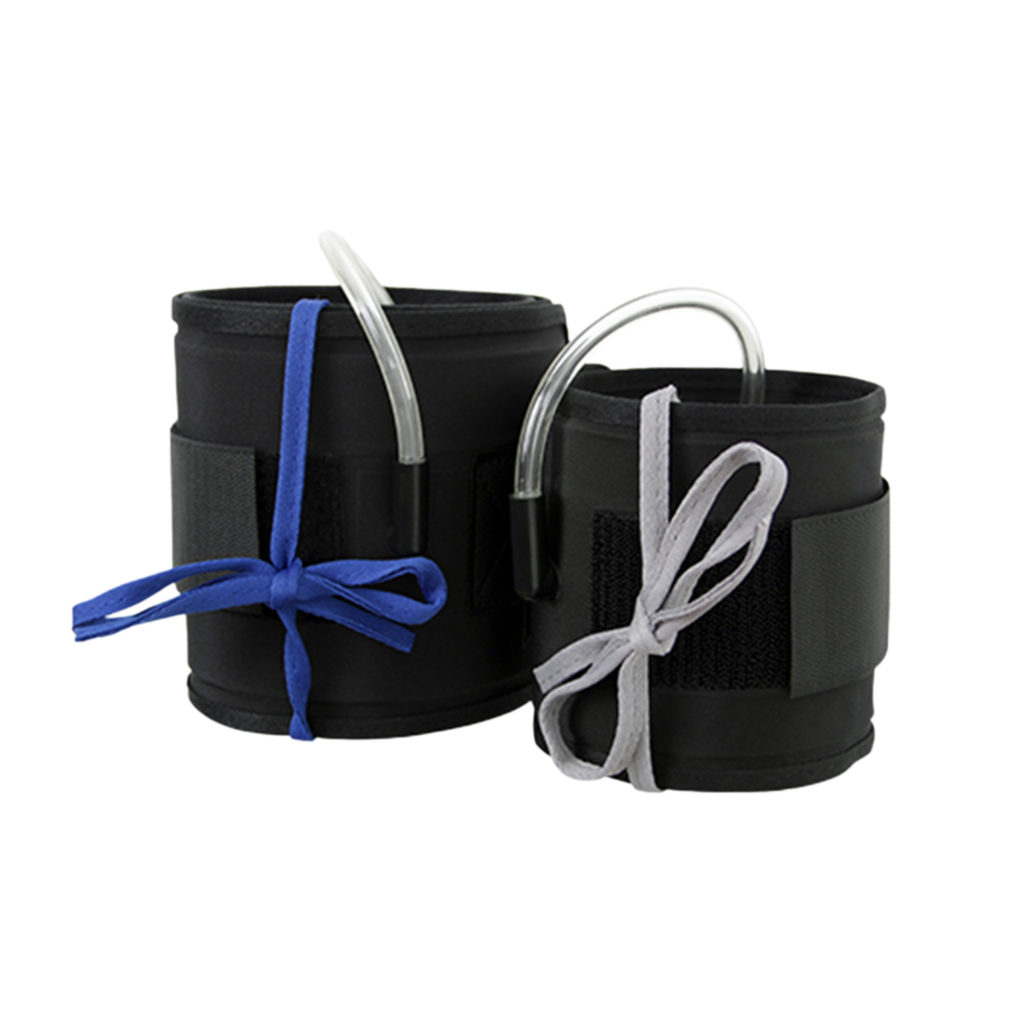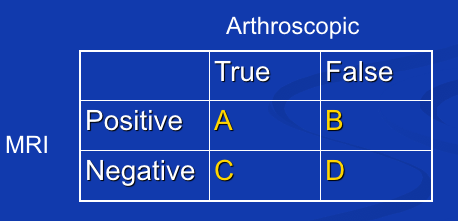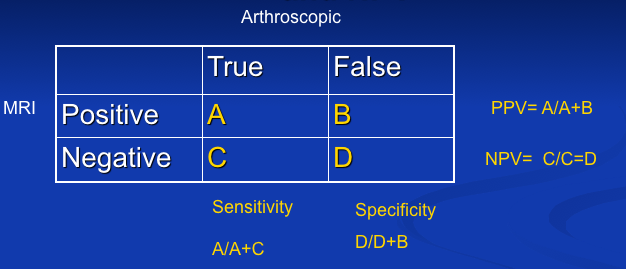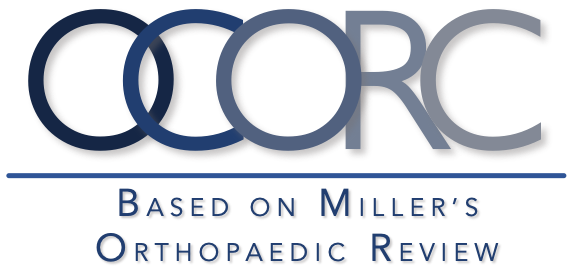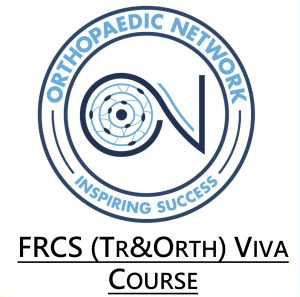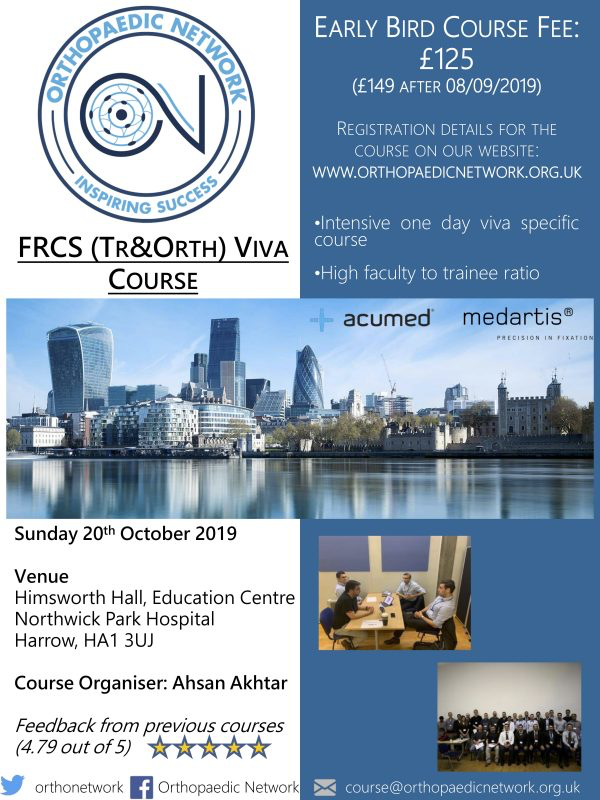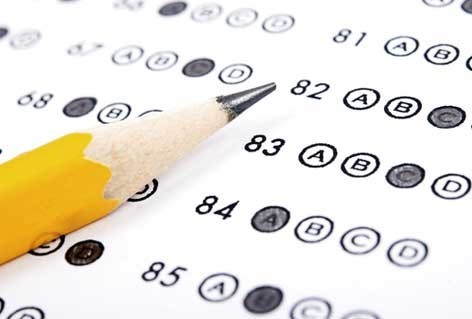
- What is this and how does it work?
- What considerations do you have when using a tourniquet?
- What considerations should you give regarding antibiotics?
- How would you exsanguinate the limb and what pressure would you set the tourniquet for an arm and for a leg.
- How long would you leave the tourniquet inflated for?
- When is a tourniquet contraindicated?
- What complications are associated with tourniquet use?
This is a pneumatic tourniquet. It is commonly used in orthopaedic surgery to reduce blood loss, and improve visualisation of he operative field
Goal is minimum pressure for the minimum length of time
Considerations
- Widest tourniquets possible should be used and it should be atleast half the diameter of the limb to avoid local pressure complications.
- Overlap by at least 3inches (7.6cm) for sufficient hold, but no more than 6inch to avoid skin wrinkling under tourniquet and possible local pressure complications
- Located away from operative field
- 2 layers padding (more reduces pressure transfer to vessels, therefore less effective)
- Contoured useful in obese to improve contact area
- Antibiotics should be administered atleast 5 minutes before the inflation of the tourniquet.
Pressure
Limb exanguinated either with elevation or device.
The pressure should be set to 100 mmHg above systolic BP in lower limb, 50mmHg in upper limb
How long?
The tourniquet should not be inflated for more than 120 minutes in the lower limb, and 90 minutes in the upper limb. If you need the tourniquet for longer then deflate for 10 minutes and then reinflate.
Contraindications
- High risk thromboembolic complications
- Peripheral vascular disease
- Diabetes
- Sickle cell disease (ischaemia may provoke crisis) Sickle trait is a relative contraindication.
- AV fistula
- Local anaesthetic cases – patient discomfort so relative contraindication
- Local sepsis not a contraindication but elevation not mechanical exanguination.
Complications
Local
- Skin injury (pressure necrosis or chemical burn by prep
- Neurapraxias
- Arterial injury / thrombosis
- Distal
- Ischaemic injury
- Thrombosis
- Post tourniquet syndrome – ischaemia and reperfusion injury leading to oedema, pallor, stiffness, weakness without paralysis and subjective numbness
- Haemorrhage – venous tourniquet, or post op in unrecognised vessel injury
- Compartment syndrome
Systemic
- Haemodynamic effects – elevated BP with inflation, decreased BP deflation
- Metabolic effects – hypoxia, hypercarbia, acidosis, hyperkalaemia, rhabdomyolysis and myoglobinuria after deflation (prolonged use)
- Hypercoagulability
- Pulmonary embolus
If bilateral tourniquets stagger deflation by 30-45mins ideally.
Answers to this weeks case of the week can be found within the viva questions bank here.
Welcome to the FRCSOrtho site. Frequently we release a case from our question bank to help you prepare for your FRCS Tr and Orth exam. The question bank continues to grow and we now have over 350 questions. Please also look at our sample questions.
We hope you have enjoyed this question. Please register to FRCS Tr & Orth Viva Question Bank Access to discover the answer to these questions, and many more questions. We hope you enjoy the largest FRCS Tr & Orth question bank and we wish you every success in your FRCS Orth exam!
Good Luck!
FRCS Ortho Team

